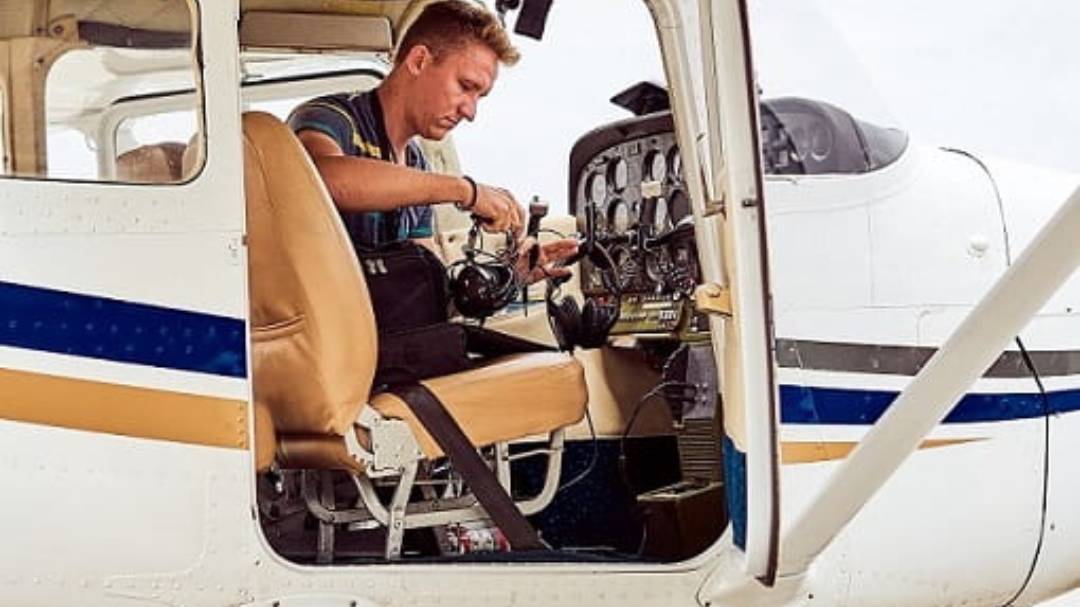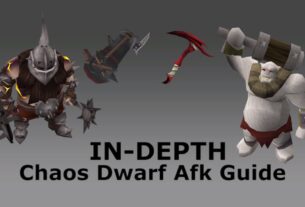Flying an aircraft requires the use of specialized equipment to ensure safety and precision. Pilots need to have access to a variety of tools that can help them navigate through the skies with ease. From flight planning to navigation, communication to emergency procedures, pilot tools are essential for every aviator.
In this article, we will explore some of the most important pilot tools that every aviator should have in their arsenal. We will discuss what each tool does, why it is essential, and how it can be used effectively.
H2: Flight Planning Tools
Flight planning is an essential part of flying an aircraft. It involves calculating the route, fuel consumption, and weather conditions to ensure a safe and efficient journey. The following are some of the critical flight planning tools that pilots need to have at their disposal:
1. Aviation Charts
Aviation charts are maps specifically designed for pilots. They provide detailed information about airports, airspace, navigation aids, and terrain features. Aviation charts come in different types such as sectional charts, terminal area charts, and en-route charts. These maps are updated regularly to reflect changes in airspace regulations and airport facilities.
2. Electronic Flight Bag (EFB)
EFBs are electronic devices that contain all the necessary information required by pilots during a flight. These devices offer several advantages over traditional paper-based methods, including faster access to data, reduced workload on pilots, and improved situational awareness. EFBs can also integrate with other systems such as weather radar and traffic collision avoidance systems.
3. Weather Briefing Services
Weather briefing services provide pilots with up-to-date information about weather conditions along their intended flight routes. This information includes forecasts for wind speed/direction, temperature, precipitation, cloud cover, icing conditions, turbulence levels, and more.
H2: Navigation Tools
Navigating an aircraft requires precise positioning and direction-finding capabilities. Pilots need to be able to determine their location and heading accurately at all times. The following are some of the critical navigation tools that pilots need to have at their disposal:
1. Global Positioning System (GPS)
GPS is a satellite-based navigation system that provides precise location data to pilots. It can be used in conjunction with other navigation aids such as VOR, DME, and NDB to provide accurate position fixes.
2. Radio Navigation Aids
Radio navigation aids such as VOR (VHF Omnidirectional Range), DME (Distance Measuring Equipment), and NDB (Non-Directional Beacon) provide pilots with directional information. They work by transmitting signals that pilots use to determine their position relative to the station.
3. Attitude Indicators
Attitude indicators display the aircraft’s pitch and roll angles relative to the horizon. This information is crucial for maintaining level flight and avoiding dangerous situations such as stalls or spins.
H2: Communication Tools
Effective communication is essential for safe and efficient flying. Pilots need to be able to communicate with air traffic controllers, other pilots, and ground personnel at all times. The following are some of the critical communication tools that pilots need to have at their disposal:
1. Radios
Radios are used to communicate with air traffic control towers and other aircraft in the vicinity. They come in different types such as VHF (Very High Frequency) and UHF (Ultra High Frequency).
2. Headsets
Headsets are worn by pilots to block out external noise and improve communication clarity during flight operations.
3. Transponders
Transponders are electronic devices that automatically transmit an aircraft’s identification code, altitude, and other information when prompted by air traffic control radar.
H2: Emergency Tools
In case of an emergency situation, pilots need access to specialized equipment that can help them navigate through difficult circumstances safely. The following are some of the critical emergency tools that pilots need to have at their disposal:
1. Emergency Locator Transmitter (ELT)
An ELT is a radio transmitter that sends out a distress signal when an aircraft experiences a crash or other catastrophic event. It helps rescue crews locate the aircraft’s position quickly.
2. First Aid Kit
A first aid kit contains essential medical supplies such as bandages, antiseptics, and pain relievers. It can be used to treat minor injuries sustained during flight operations.
3. Survival Kit
A survival kit contains items such as food, water, shelter, signaling devices, and fire-starting equipment. It can help pilots survive in case of an emergency landing or other unforeseen circumstances.
In conclusion, pilot tools are essential for every aviator to ensure safe and efficient flying operations. From flight planning to navigation, communication to emergency procedures, each tool plays a critical role in ensuring a successful flight. Having access to the right tools and using them effectively can make all the difference between a safe journey and a dangerous one.
References:
1. Federal Aviation Administration (FAA). (2018). Pilot’s Handbook of Aeronautical Knowledge [Online]. Available at: https://www.faa.gov/regulations_policies/handbooks_manuals/aviation/pilot_handbook/ (Accessed on 31 May 2021).
2. Transport Canada Civil Aviation (TCCA). (2014). Flight Instructor Guide – Aeroplane [PDF]. Available at: https://www.tc.gc.ca/media/documents/ca-publications/TP975E-Flight_Instructor_Guide_-_Aeroplane.pdf (Accessed on 31 May 2021).
3. Aircraft Owners and Pilots Association (AOPA). (2021). Electronic Flight Bags [Online]. Available at: https://www.aopa.org/go-fly/technology/electronic-flight-bags (Accessed on 31 May 2021).




